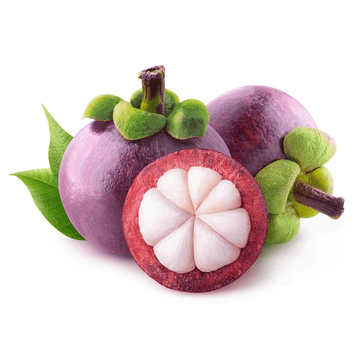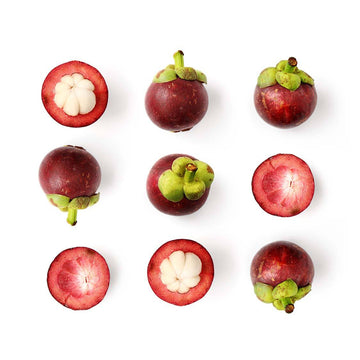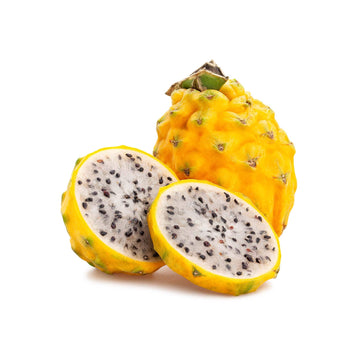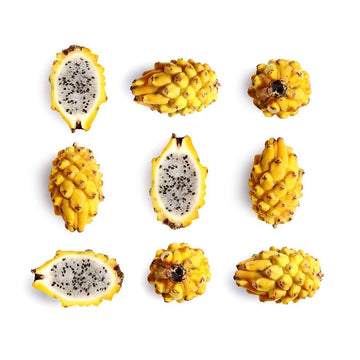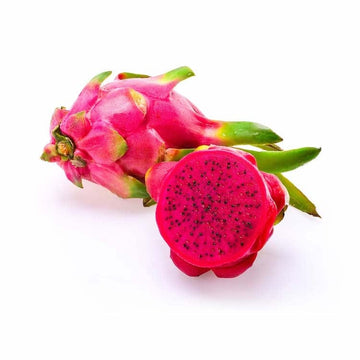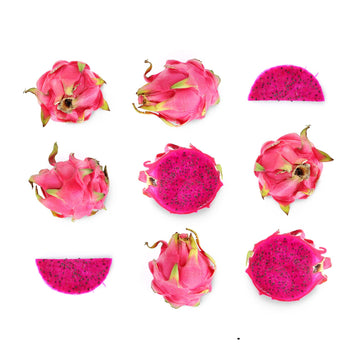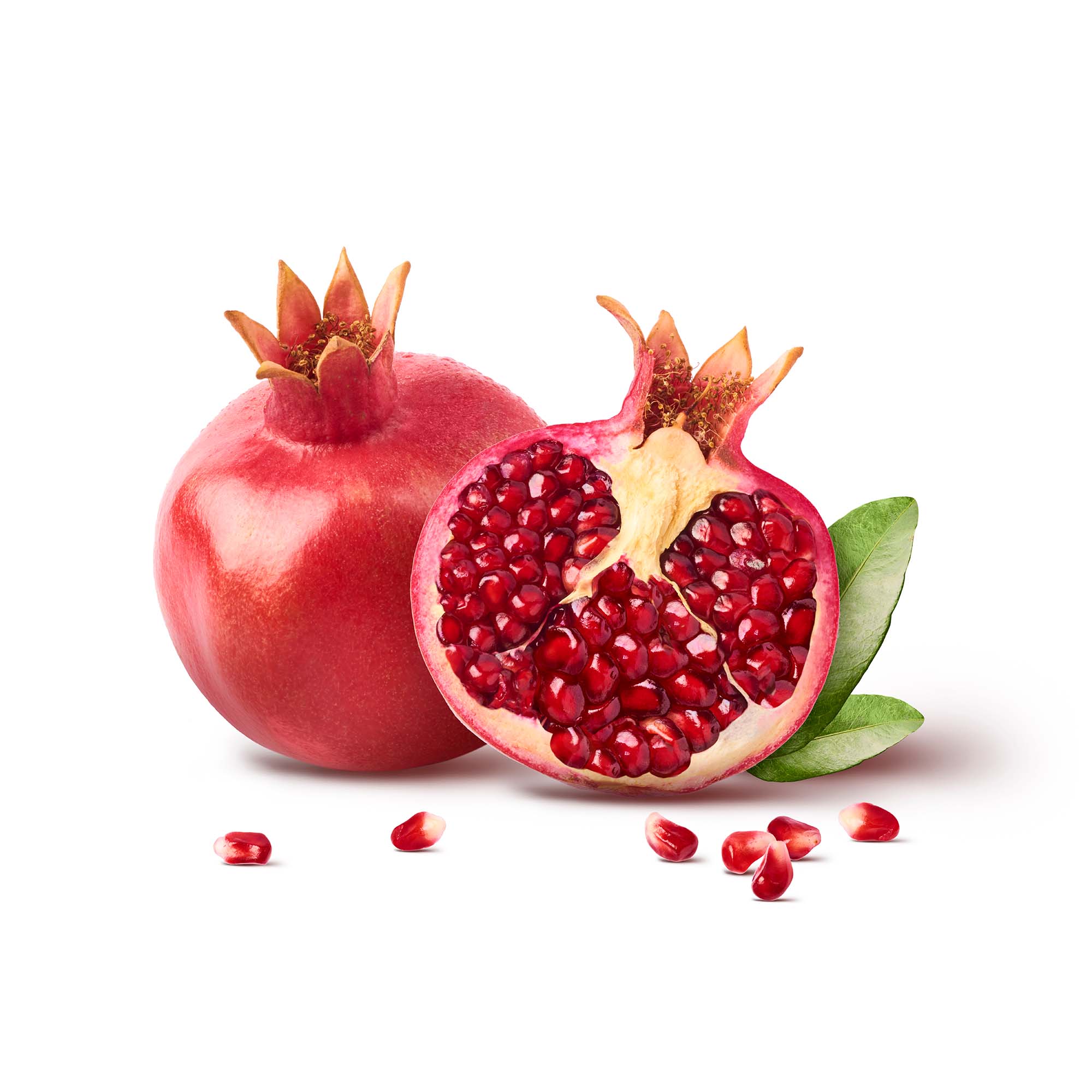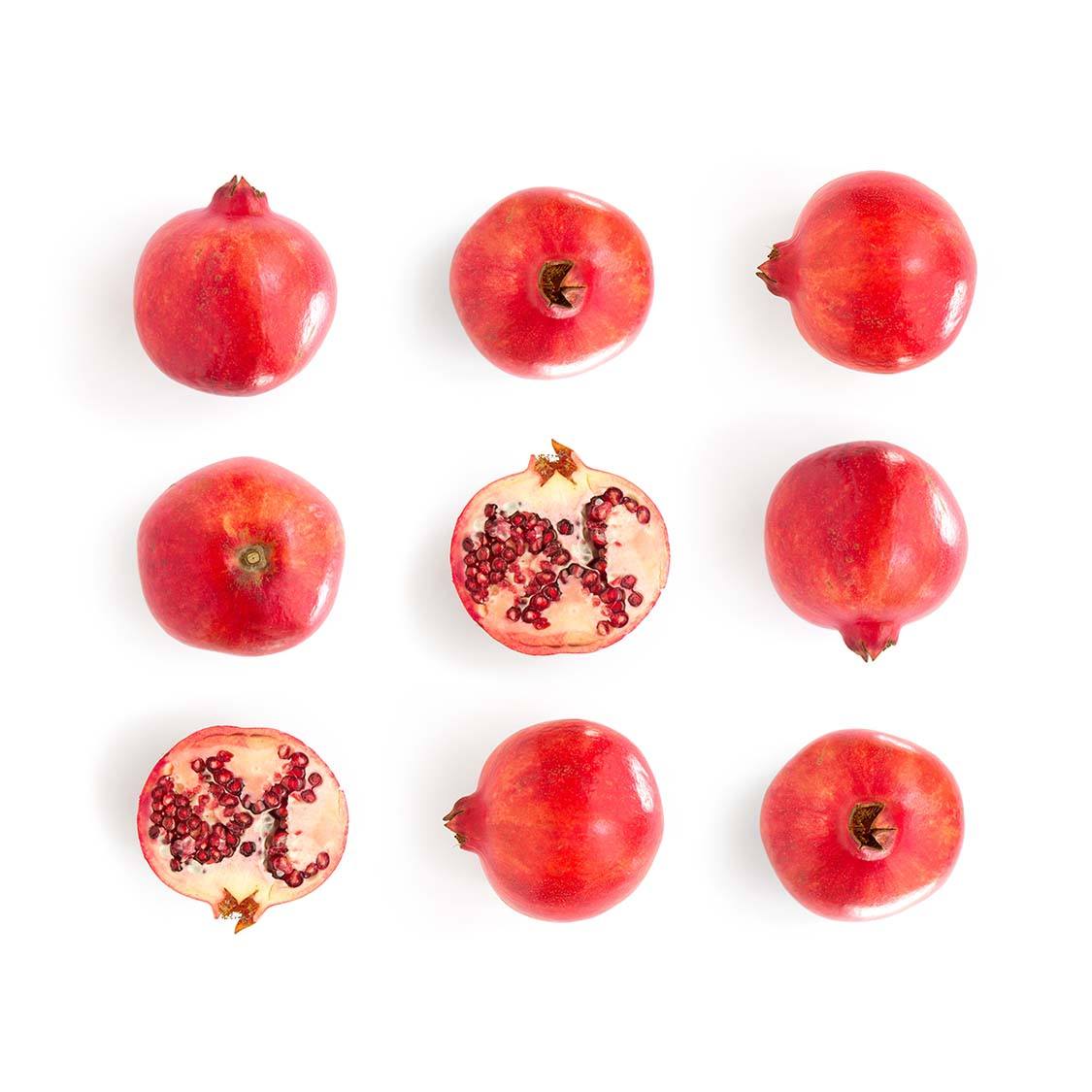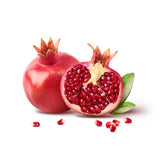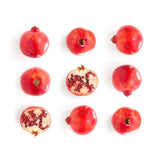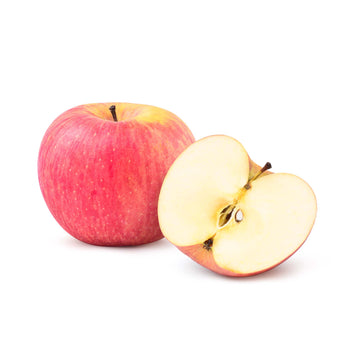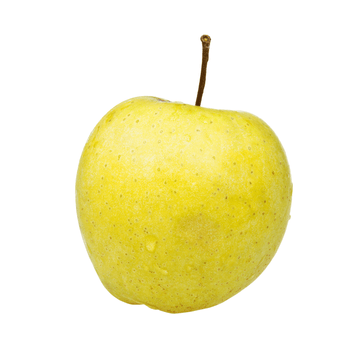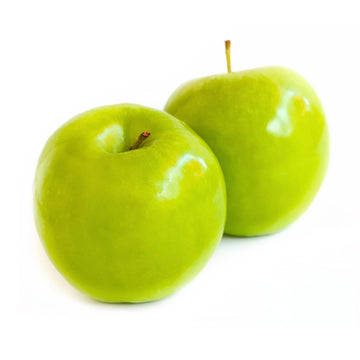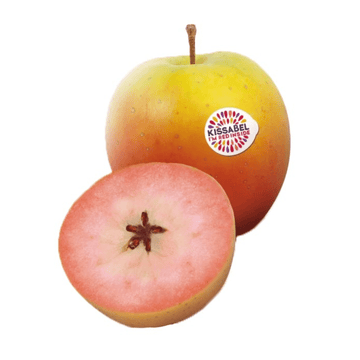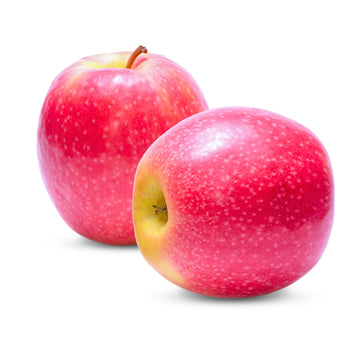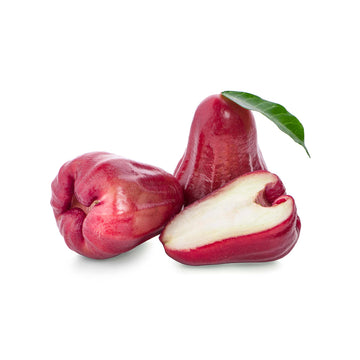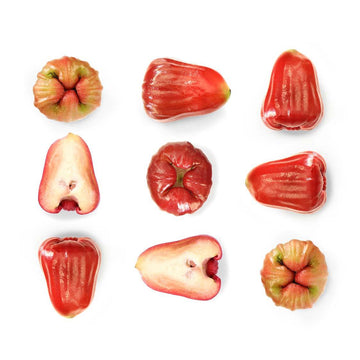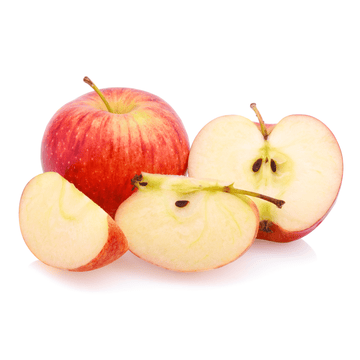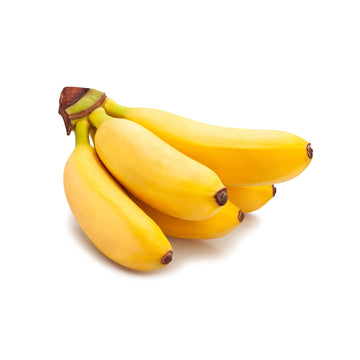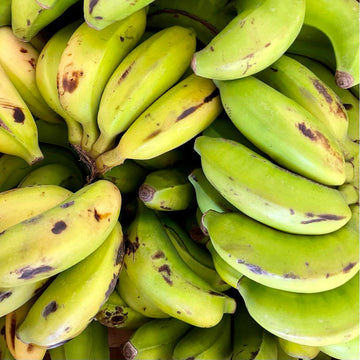Pomegranate
Introduction
The pomegranate (Punica granatum) is a fruit-bearing deciduous shrub which is originated from Asia. The fruit has a red-purple colour and the fruit husk has two parts an outer, hard pericarp, and an inner, spongy mesocarp, which comprises the fruit inner wall where seeds attach.
History
Pomegranate is originated from the area of Iran and northern India. It has been cultured since antiquity in these areas and later it was introduced in many countries. It was introduced in areas of the Middle East, in China, and in Mediterranean countries during ancient years. Spanish colonists had later introduced it to the Caribbean and the Americas and during the previous century, it was introduced in England.
Regions
Pomegranate can be found in many areas around the globe. It is produced in tropical Africa, Middle East, Central Asia, India and parts of the Mediterranean Basin. In addition, it is produced in the USA in the states of Arizona and California.
Flavours &Texture
Pomegranate has a sweet and tart taste. Its flavour is like a combination of cranberries, grapes and apples and has a juice squirting texture.
Preparation
Using a sharp knife, carefully slice about half an inch from the top of the pomegranate. Gently remove the lid to expose the edible seeds inside. Slice down through each of the white membranes inside the fruit. Pry the sections apart, turn the fruit inside out and pop the seeds out into a bowl. You can eat in a fruit salad, make juice, smoothies or you can add the juice in cocktails.
Nutritional Value
Pomegranate contains a low amount of calories and it a low amount of fat. It is also a good source of fibre, protein, potassium, and iron.
| Calories per 100 g | 83 kcal |
| Fat | 1.2 g |
| Carbohydrates | 19 g |
| Fibre | 4 g |
| Protein | 1.7 g |
| Potassium | 5% of the RDI |
| Iron | 2% of the RDI |
SHIPPING
Choose your desired delivery date at the checkout, available delivery dates will be displayed at checkout stage. All orders are dispatched on a 24hr Next Working Day service. If no date is selected your order will be dispatched at the next available date.
We offer Free Next Working Day Delivery on all orders over £75 including our selection boxes.
Our shipping rates are as follows:-
England - £6.95
Scotland - £11.95
Northern Ireland - Not currently available
Customers are responsible for being present at the shipping address provided on the date selected at checkout. Exotic Fruits are not responsible for any missed or attempted deliveries that must be rearranged by the customer.
All orders are packed in cardboard boxes with a biodegradable packing pellets, straw, or hay to protect the fruit during transit.
RETURNS
Let's start by stating the obvious. Since our produce is perishable we cannot accept returns.
That said, we want every customer to be happy so we do offer vouchers, refunds and replacements at our sole discretion if your fruit has arrived inedible. If you would like to report an item which has become damaged or perished during transit, please:- We are not responsible for products that spoil if there is not someone to receive your delivery on the date that you request it, full tracking is provided and can be requested anytime after dispatch.

